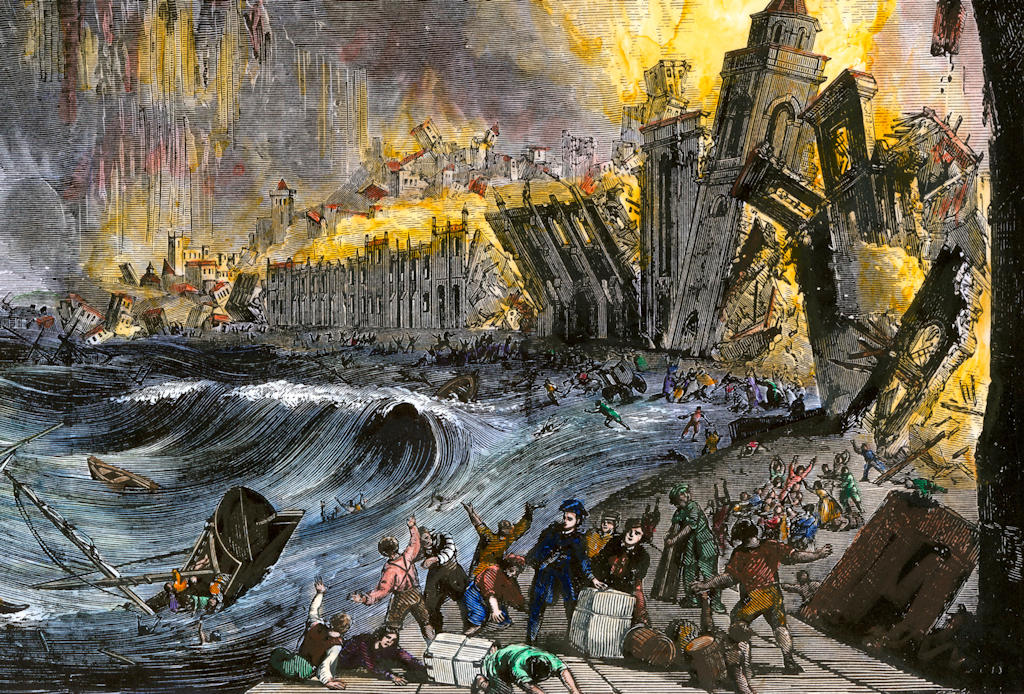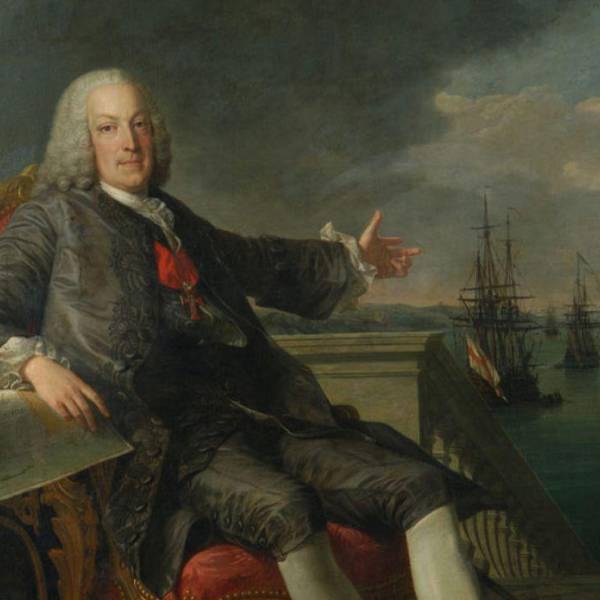One of the first steps taken by the Marquês de Pombal was to assert his authority and centralize power. He swiftly organized a committee to oversee the reconstruction efforts, granting them the necessary authority to make decisions quickly and efficiently. Under his guidance, the committee established strict building codes and regulations, ensuring that the new structures would be more resistant to earthquakes.
The Marquis of Pombal introduced modern urban planning concepts to Lisbon, seeking to create a city that would be both functional and aesthetically pleasing. Wide avenues were designed, allowing for better circulation and accessibility. Architectural styles were influenced by the prevailing Neoclassical and Rococo trends, reflecting the era's artistic sensibilities.
Lisbon.vip Recommends
The Marquis of Pombal's reconstruction efforts extended beyond the physical aspects of the city. He sought to revitalize the economy by promoting trade and commerce. Pombal implemented policies to attract foreign investment, encouraged the development of new industries, and supported initiatives that would boost Lisbon's position as a major European trading hub.
While the Marquês de Pombal's reconstruction efforts were met with some resistance and criticism, there is no denying their lasting impact. The rebuilt Lisbon became a symbol of resilience and innovation, showcasing the ability of a city to rise from the ashes and rebuild stronger than before.
Today, visitors to Lisbon can still witness the legacy of the Marquês de Pombal's reconstruction efforts. The Pombaline style buildings, the grandeur of the Baixa district, and the overall layout of the city bear witness to his vision and enduring influence.
The Marquis of Pombal's reconstruction efforts after the Great Lisbon Earthquake of 1755 transformed Lisbon into a city that stood as a testament to human resilience, innovation, and the power of determined leadership.






